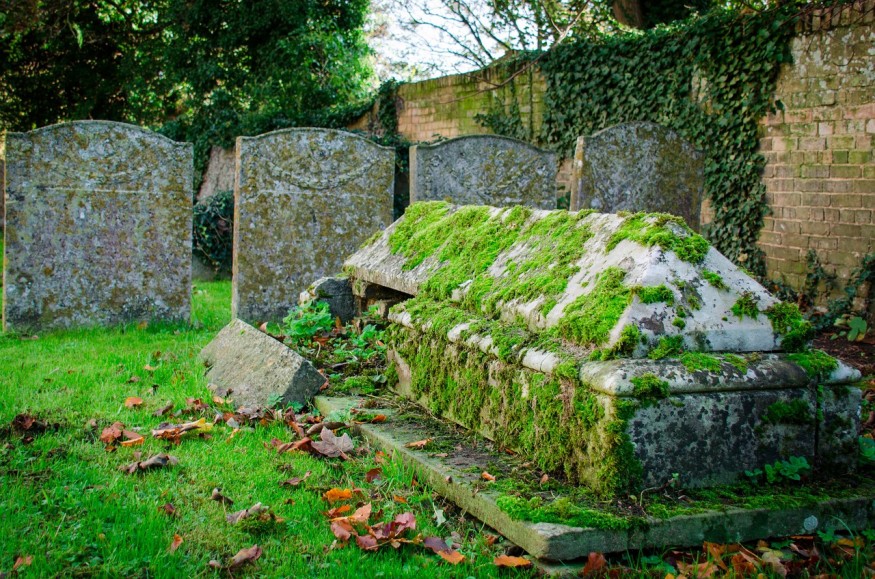
Archaeologists were able to find a 1,700-year-old royal tomb in Guatemala that contains various funeral offerings. Findings within the tomb include a jade mask with an intricate design that depicts a Maya deity.
1,700-year-old Royal Tomb
The tomb is situated in the Chochkitam archaeological site close to the borders of present-day Belize and Mexico. It was used as a burial site for a Maya king who was previously unknown.
Initially, researchers were able to find the tunnels that looters dug. They were able to uncover these structures with the help of lidar technology. This technology releases laser beams from a plane through a dense foliage of the jungle in order to map the ground.
Some incredible funeral offerings were found in the tomb. Aside from the mosaic jade mask, there were also 16 mollusk shells as well as hieroglyphs that were carved into the thigh bones of humans. These included a drawing of a man holding a jade mask that is similar to the one found within the royal tomb.
The archaeologists were also able to find a rare spiny oyster that royalty used as currency and jewelry. It may have also been used in sacrificial and religious offerings.
Researchers believe that the hieroglyphs identify the father and grandfather of the king. They also believe that they serve as a connection to the ruler of the Teotihuacan and Tikal Maya states.
Maya Classic Period
Francisco Estrada-Belli, the lead archaeologist and a research assistant professor from Tulane University, who also found the tomb in 2022, explains that this kind of discovery is similar to winning the lottery when it comes to information. Estrada-Belli adds that it opens a window to a period that minimal texts about are available.
This period, which is called the Maya Classic Period, went on from around A.D. 250 to A.D. 900. It is considered the golden age and the peak of the rule of the Mesoamerican civilization. The Classic Maya civilization was able to expand to around 40 cities, including Uaxactún, Tikal, Dos PIlas, Bonampak, and Palenque, among others. Each city was populated with roughly 5,000 to 50,000 individuals. When it was at its peak, the Maya population could have reached 2,000,000 or even 10,000,000.
However, because of looting, there is very minimal remaining physical evidence pertaining to this era. In fact, the discovery of the royal tomb was just sheer luck, as the looters only dug up to two meters from the burial chamber before they eventually abandoned the area. The researchers were also fortunate, as the only damage that the tomb saw, besides its natural decay, was the collapse of its stone ceiling.
Archaeologists are planning to perform DNA testing and analysis on the bones to learn more about the occupant of the tomb.
RELATED ARTICLE : 'Tomb of Cerberus' From 2,000 Years Ago Discovered in Italy Features Preserved Fresco of Greek Mythology Three-Headed Dog
Check out more news and information on Archaeology in Science Times.
© 2025 ScienceTimes.com All rights reserved. Do not reproduce without permission. The window to the world of Science Times.











